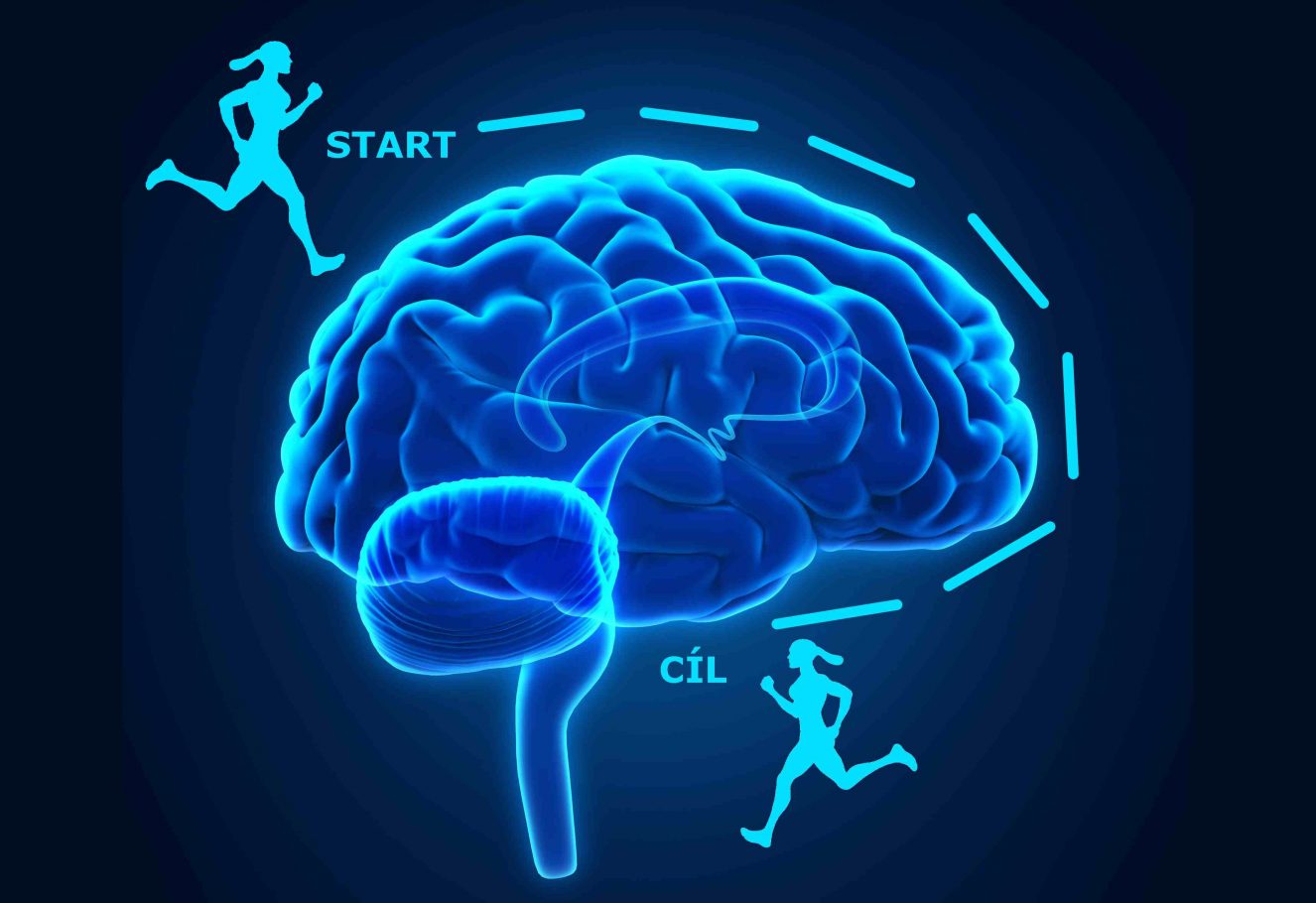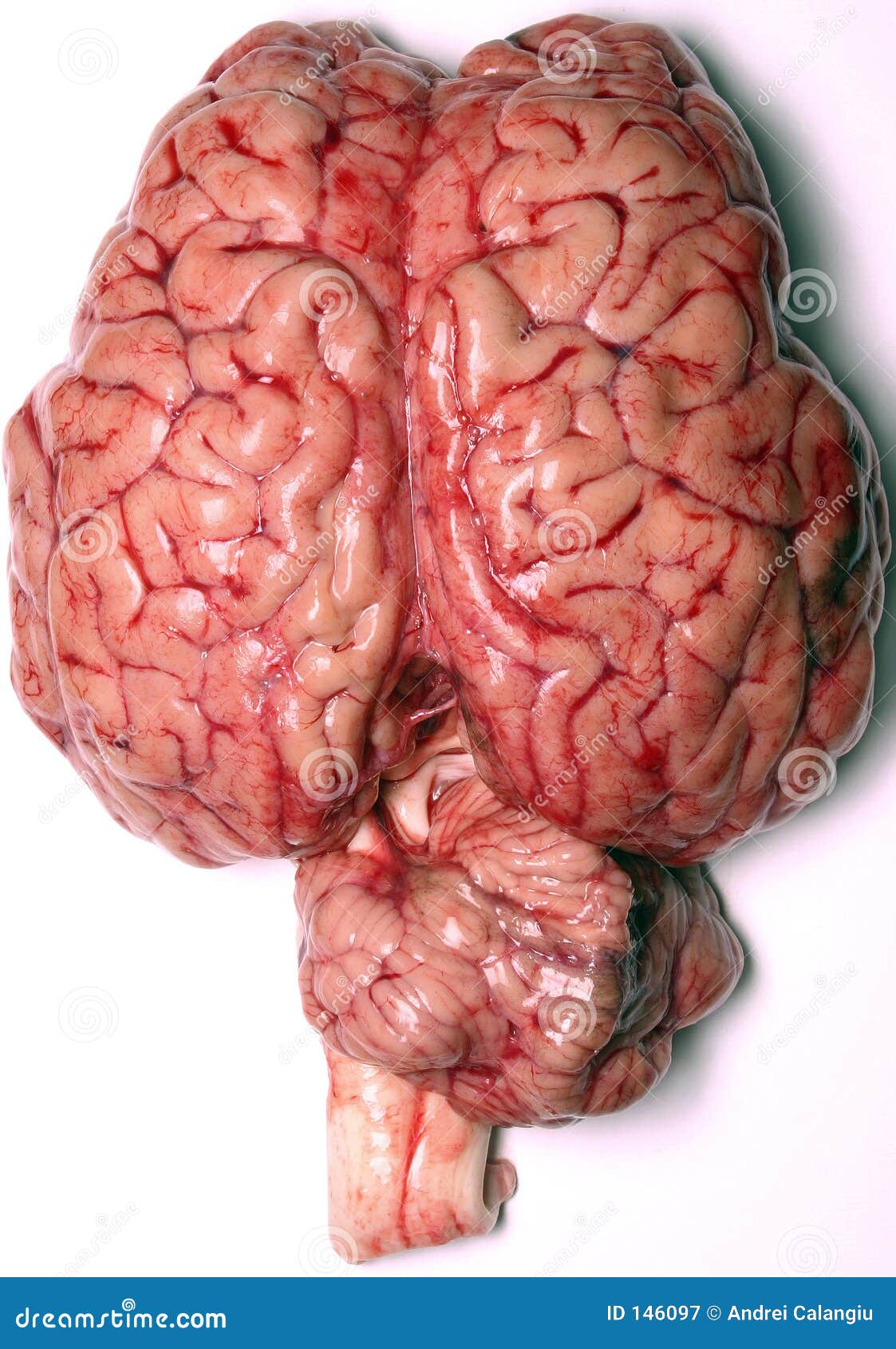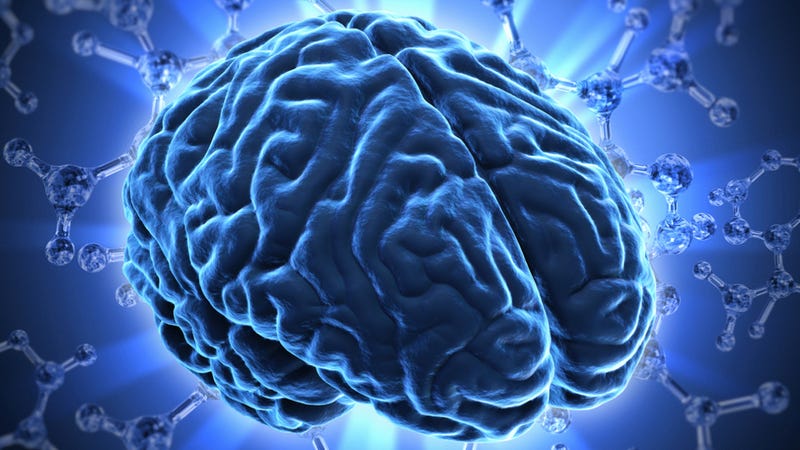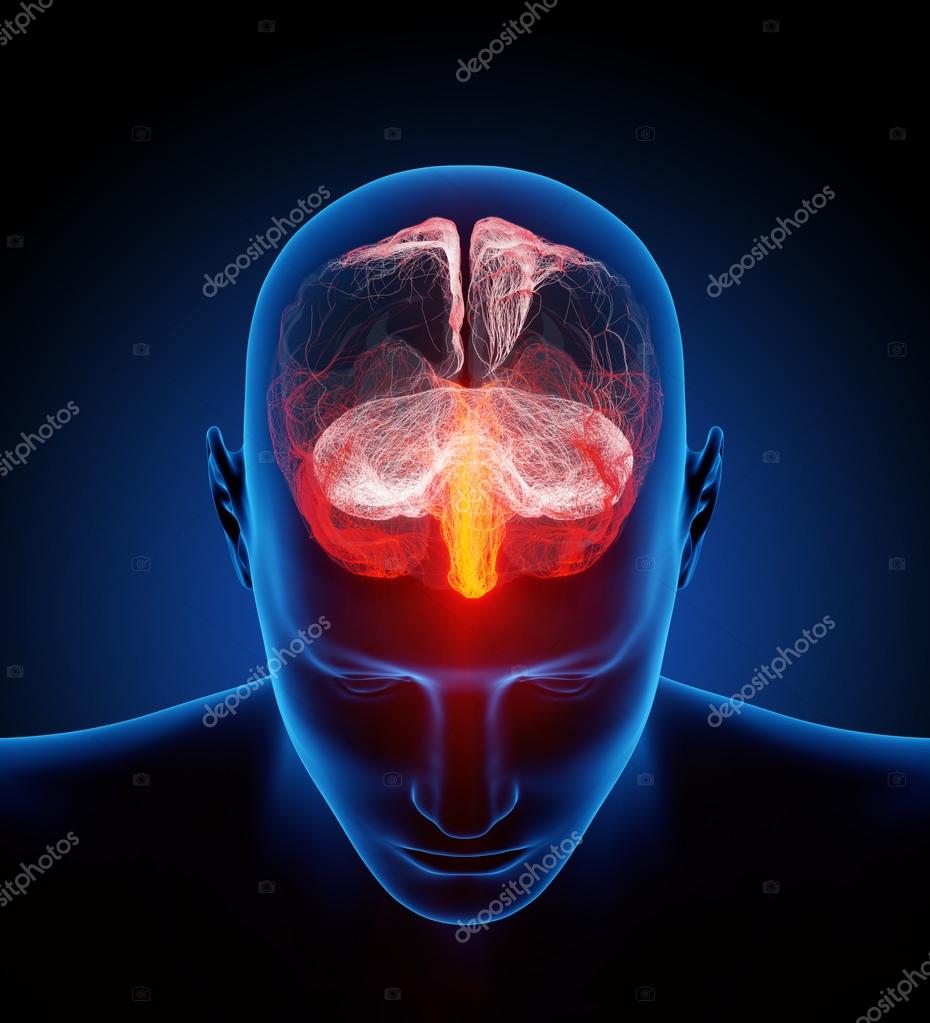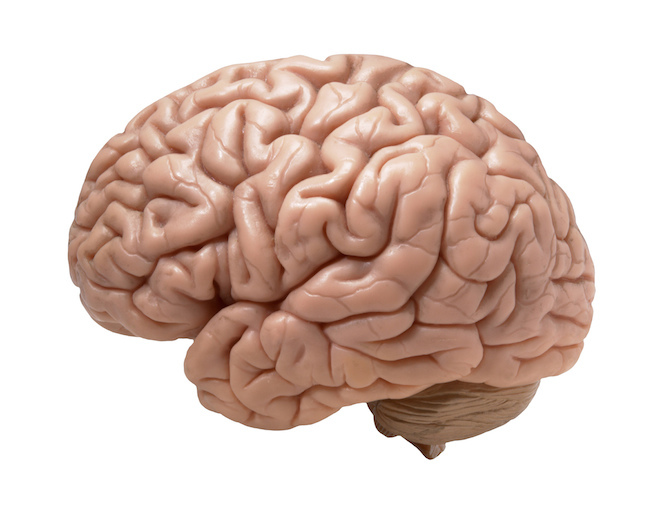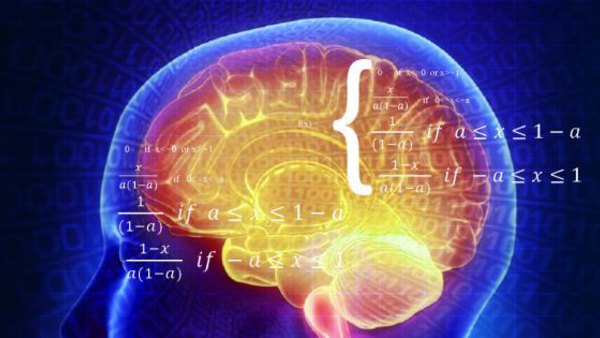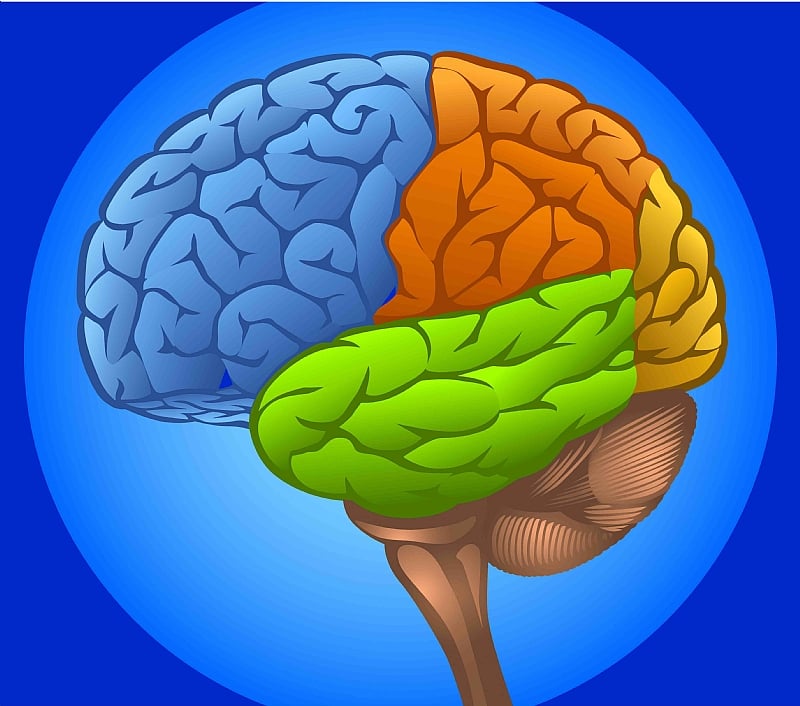The Human Brain
Data: 1.09.2017 / Rating: 4.7 / Views: 983Gallery of Video:
Gallery of Images:
The Human Brain
The brain is the most complex organ in the human body, and perhaps the most remarkable. Start finding out how it works with our beginner's guide The brain is one of the most complex and magnificent organs in the human body. Our brain gives us awareness of ourselves and of our environment, processing a constant. The Human Brain Project is a H2020 FET Flagship Project which strives to accelerate the fields of neuroscience, computing and brainrelated medicine. Your brain is the boss of your body and runs the whole show. Learn more in this article for kids. Neuron Structure Every animal you can think of mammals, birds, reptiles, fish, amphibians all have brains. WebMD's Brain Anatomy Page provides a detailed diagram and definition of the brain including its function, parts, and conditions that affect it. In this activity you will explore the human brain, the key element of the nervous system. You will learn about its main areas and their functions in regulating. The human brain is the command center for the human nervous system. A project to map the structure and function of the human brain has been proposed. Every animal you can think of mammals, birds, reptiles, fish, amphibians all have brains. It gives us the power to think, plan. The human brain is the central organ of the human nervous system, and with the spinal cord makes up the central nervous system. The brain consists of the cerebrum. A primer on the brain for nonscientists including its architecture, geography, structure and functions. The human brain is comprised of 1011 neurons. Neurons are nerve cells that carry information to and from the nervous system to the various organs and systems of the body. The human brain is the center of the central nervous system in humans as well as the primary control center for the peripheral nervous system. Making sense of the brain's mindboggling complexity isn't easy. What we do know is that it's the organ that makes us human, giving people the capacity for art. Teacher resources and professional development across the curriculum. Teacher professional development and classroom resources across the curriculum The brain is an organ that serves as the center of the nervous system in all vertebrate and most invertebrate animals. The brain is located in the head, usually close. The human brain is the center of the central nervous system in humans as well as the primary control center for the peripheral nervous system. The brain has three main parts, the cerebrum, the cerebellum, and the brain stem. The brain is divided into regions that control specific functions. Combining the latest findings from neuroscience with new brain imaging techniques, as well as developments on infant brains. The brain, along with the spinal cord, comprises the body's central nervous system. This is the major control network for the body's functions and abilities, and
Related Images:
- J c nesfield english grammar pdf free downloadzip
- Test De InglEfset
- Matchbook Mockuprar
- Italiano Medio
- Libro De Ginecologia Y Obstetricia De Botero Pdf
- Goethe Unser Reisebegleiter In Italien
- Huawei Y325 T00 Firmware Download
- Jaguar Xj6 Manual Gearbox Conversion
- Inside the Twin Towers
- Ragga Vocals Vol 1 Download
- My Documents
- Ur054g R01 V1 1 Driverzip
- Alien Logo Openerrar
- Sniper 1 FRENCH DVDRIP
- Manual of SpanishEnglish Translation
- JohnLennonImaginem4azip
- The Complete Web Developer Course Build 14 Websites
- 9th grade english scantron test
- Case Cx100 Manual
- North West Life Science Grade12
- Grammaire du frans pour italophonespdf
- U delia fisierulmeu download
- The Welfare Systempdf
- Driver Genius Professional 12 serialzip
- Manual de Efectos Especiales Para Television y Video
- Storia di Nevepdf
- Himalaya mountains of life
- Psicanalisi della pacepdf
- Samsung GTi9300 Mtp Driverzip
- Public Management and Administrationpdf
- Dodge Avenger 2008 Factory Service Repair Manual Pdf
- Canada Post Gat Practice Test
- Geomorphology savindra singhpdf
- Last Kiss In Tiananmen Square Pdf
- 5th edition of basics of anesthesiapdf
- Oracle forms and reports tutorial pdf
- Mahzorforroshhashanahandyomkippur
- Comment editer un pdf
- Download android sdk r20 0 3 linux tgz compress
- Fringe S03E01
- CelpipWritingAnswers
- Una manciata di polverepdf
- Rurouni Kenshin Volume 17
- Al Waqidi Kitab Al Maghazi
- Servi Bibliogrcos da Livraria Portugal
- Pentium R Dualcore Cpu E5300 Sound Driverzip
- Advance Study Assignment Experiment 30 Answers
- Valerian And The City Of A Thousand Planets
- Performare corpi Esperienze e rappresentazioniepub
- Guitar hero 5 for android torrent
- La Fattoria Degli Animali Orwell Pdf Download
- Building skills for proficiency cevap anahtar pdf
- Introduction To Thermal And Fluids Engineering
- Auditing Assurance Mcgraw Hill Higher Education
- Cartoline di mortepdf
- Dune Ebook Download Epub
- 320 Spacecam Driver Windows 7zip
- AllergyTestingForDogsNearMe
- Manuale di fotografia la fotografia passo passo
- Ccna study guide pdf free download
- Manuale Di Psicologia Dello Sviluppo Camaioni Indice
- Fly Iq451 driversx64exezip
- Planeacion didactica secundaria informatica
- Sap business one study
- Note De Synthese Categories A Et B
- Mathematics And Music Mathematical World
- Driver Mad Catz V1 Stick HID for Windows 7zip
- Ipxsb Dm Cork2 driverszip
- Grupo bryndis te esperare download youtube
- Manual de hongos setas pdf
- Surah yasin arabic
- Driver impressora multifuncional hp 4100 drivers
- O capitano Mio capitanopdf
- Activation products coupon code
